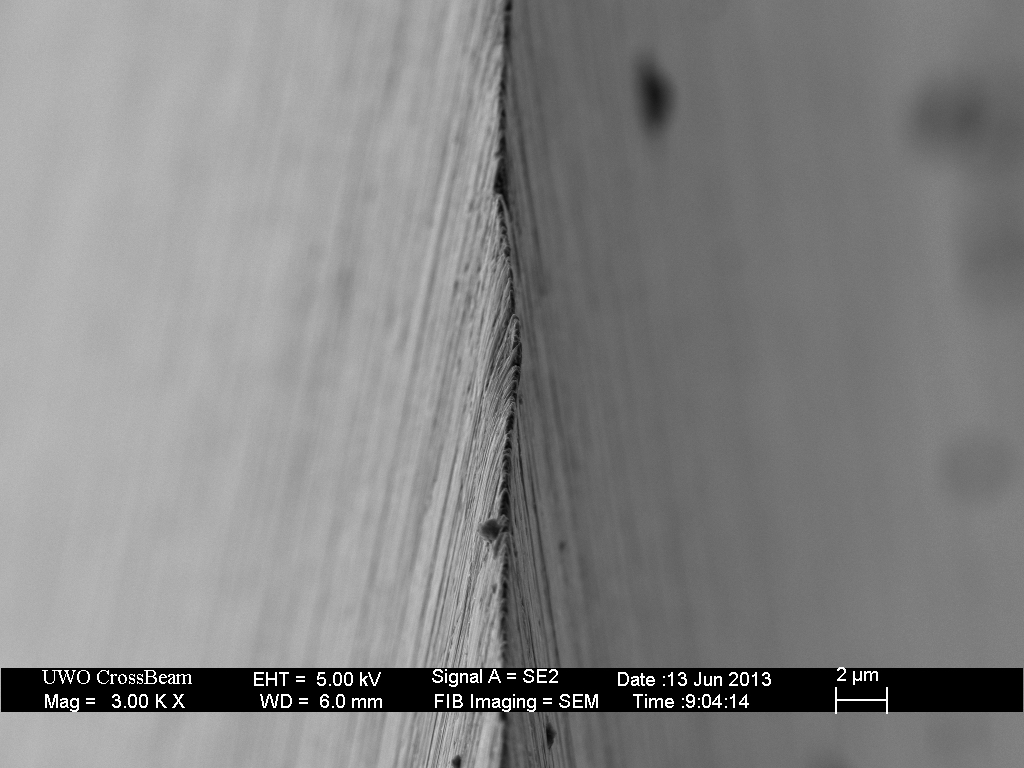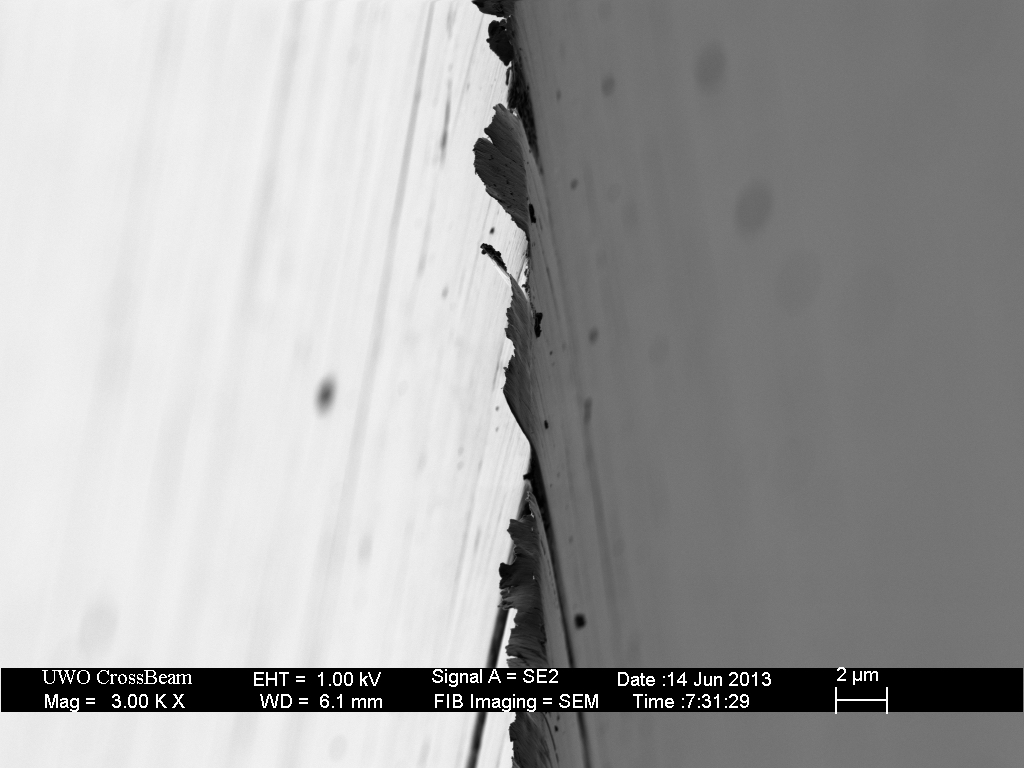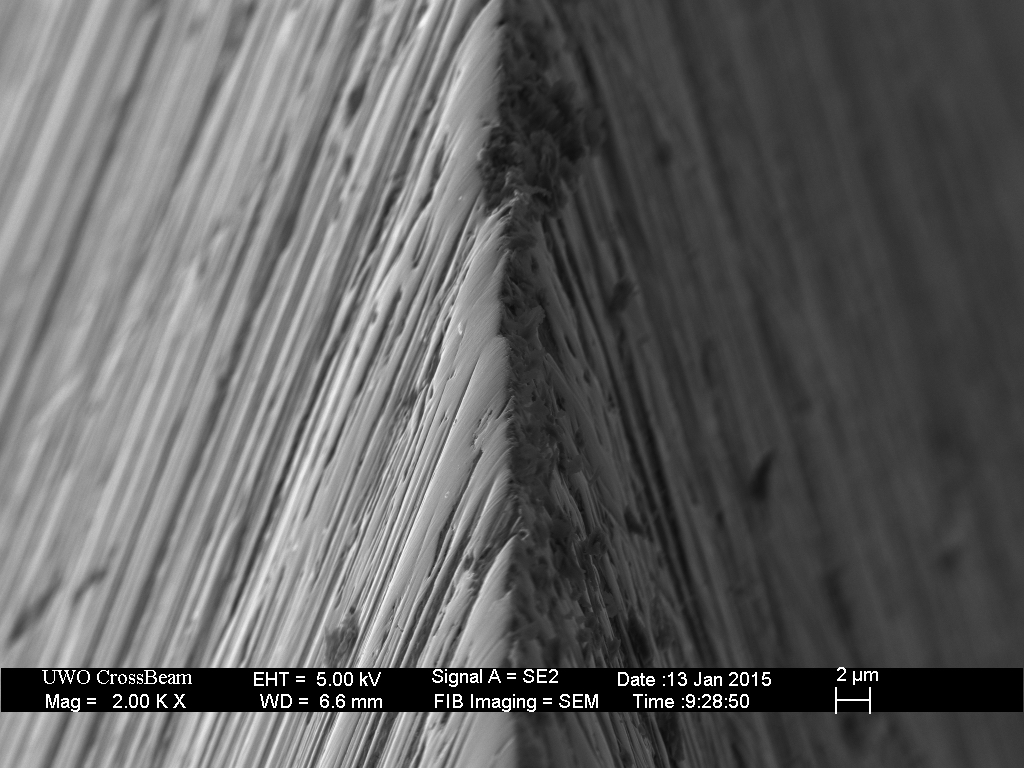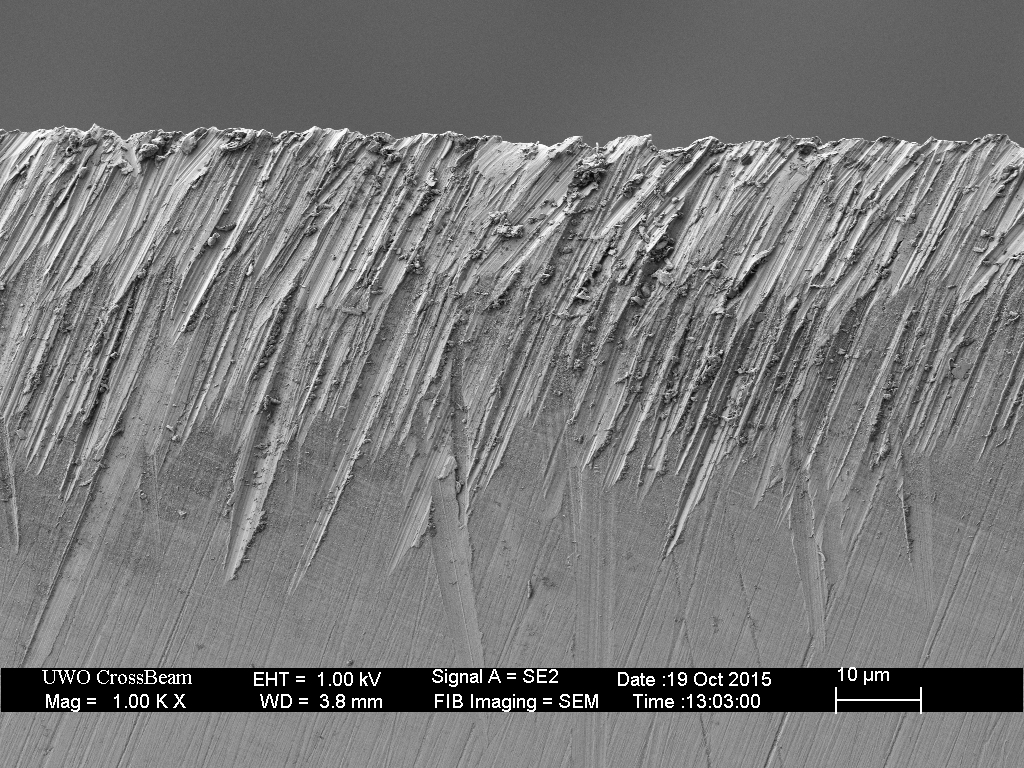All this while, i've always been working hard to get the super steels/high carbide steels that i work with to as high a polish possible, whilst still retaining a respectable amount of bite. If i noticed i overdid the polish, i'd take it back a 2 steps to reintroduce that bite, and if that doesn't work, i'll re-do it.
I've been thinking, why bother, though. A coarse edge will definitely still have that bite, and it'd cut well. Other than aesthetics, whats the point?
Well, a couple months back, i saw Michael Christy's video on youtube.
TL;DW
He was testing on ZDP 189, 1 was polished, one wasn't. Both were sharpened to the point where it could whittle hair. Polished came out on top, almost 50% improved edge retention.
I was happy to hear these results, my work wasn't done in vain.
Then one day, i was having a chat with one of my customers who's really good at sharpening knives freehand. He says he only does coarse finish as all he ever needs is a working edge, but he was intrigued by the same video i posted up there. So i had a ZT 0566 in Elmax polished up, still with bite, to the level's i am used to.
His method was to count the cuts he would make with cardboard. He works in the factory, so the boxes are all manufactured from the same source, factor in how much dirt is in the boxes, and missing one or 2 counts for margin of error. The results were, in favor of polished by 30%.
I had a chat with another friend, who took a course in material science (not sure if he's on here). He said that yes, a polished edge would work on ZDP 189 (because it's high CR i think) but wouldn't work well on high V steels, as polishing high V steels would cause the V carbides to rip out. I haven't tested this theory yet, perhaps someone has, but i haven't seen it.
Just sharing what i found interesting. stay safe, stay sharp.
I've been thinking, why bother, though. A coarse edge will definitely still have that bite, and it'd cut well. Other than aesthetics, whats the point?
Well, a couple months back, i saw Michael Christy's video on youtube.
TL;DW
He was testing on ZDP 189, 1 was polished, one wasn't. Both were sharpened to the point where it could whittle hair. Polished came out on top, almost 50% improved edge retention.
I was happy to hear these results, my work wasn't done in vain.
Then one day, i was having a chat with one of my customers who's really good at sharpening knives freehand. He says he only does coarse finish as all he ever needs is a working edge, but he was intrigued by the same video i posted up there. So i had a ZT 0566 in Elmax polished up, still with bite, to the level's i am used to.
His method was to count the cuts he would make with cardboard. He works in the factory, so the boxes are all manufactured from the same source, factor in how much dirt is in the boxes, and missing one or 2 counts for margin of error. The results were, in favor of polished by 30%.
I had a chat with another friend, who took a course in material science (not sure if he's on here). He said that yes, a polished edge would work on ZDP 189 (because it's high CR i think) but wouldn't work well on high V steels, as polishing high V steels would cause the V carbides to rip out. I haven't tested this theory yet, perhaps someone has, but i haven't seen it.
Just sharing what i found interesting. stay safe, stay sharp.
Last edited:







